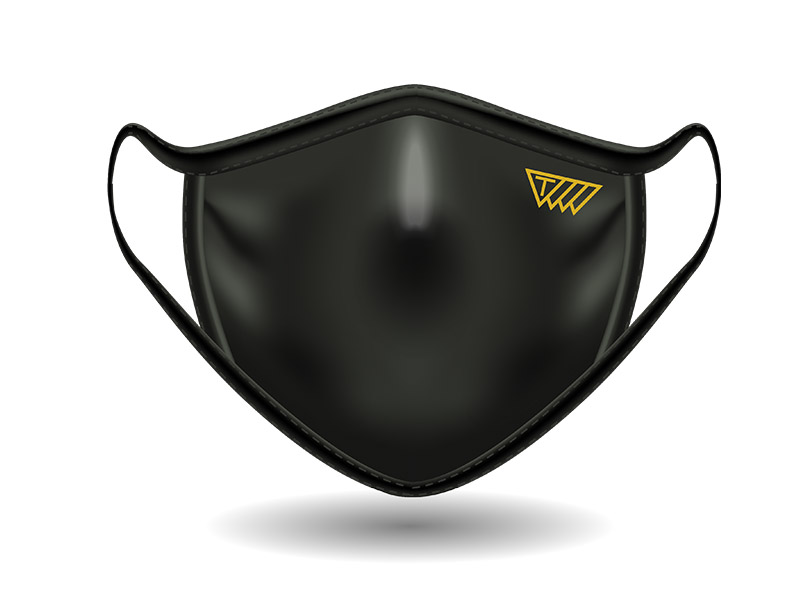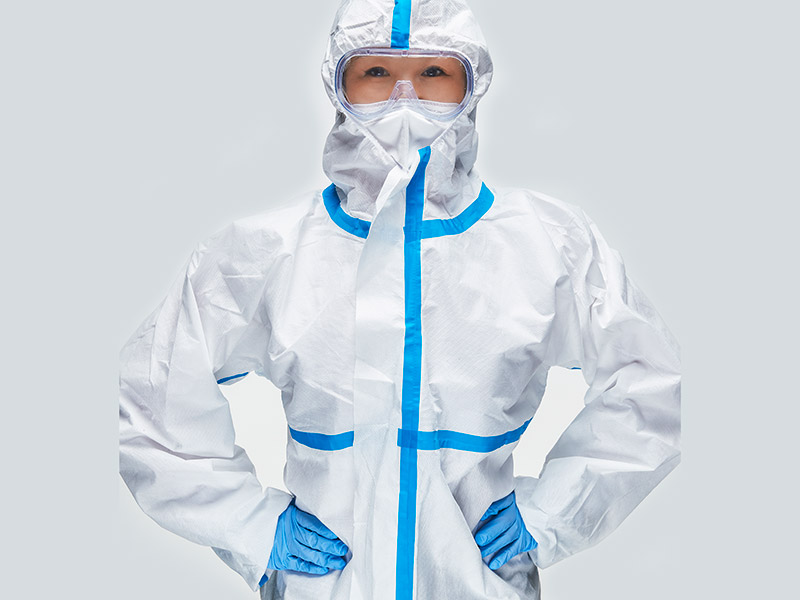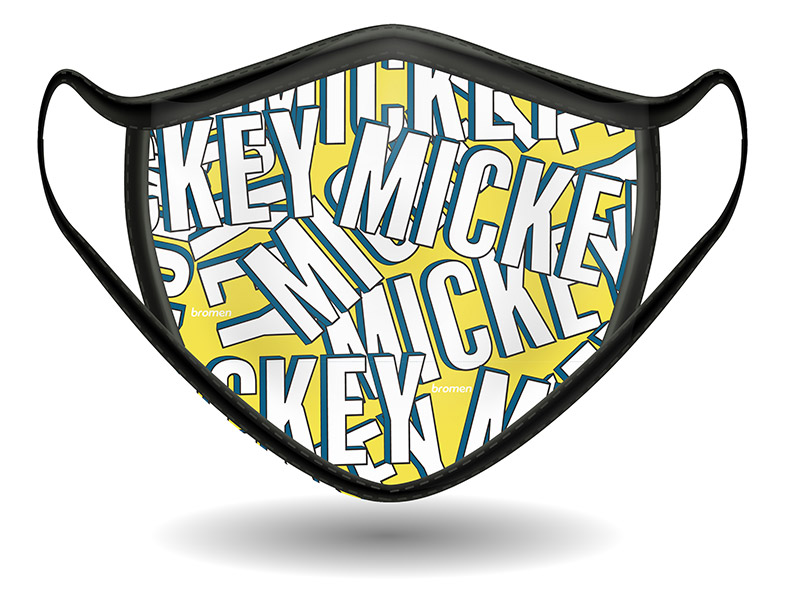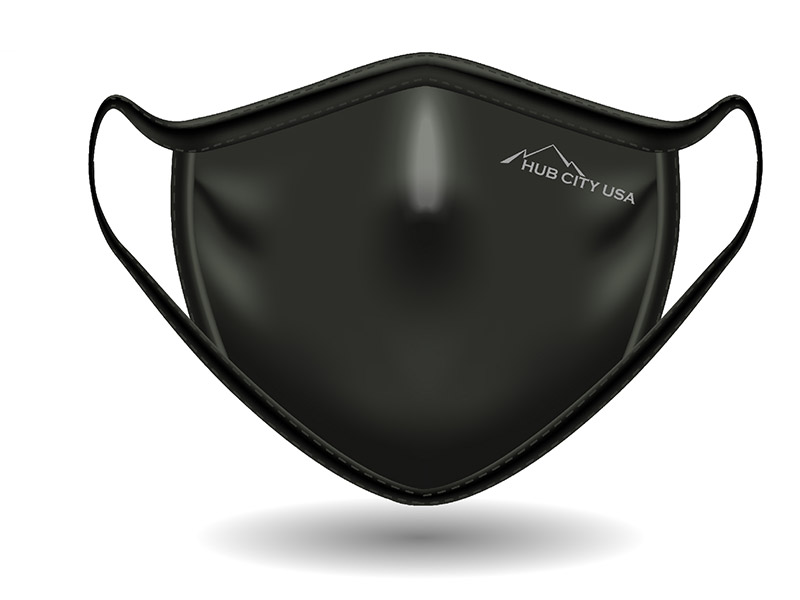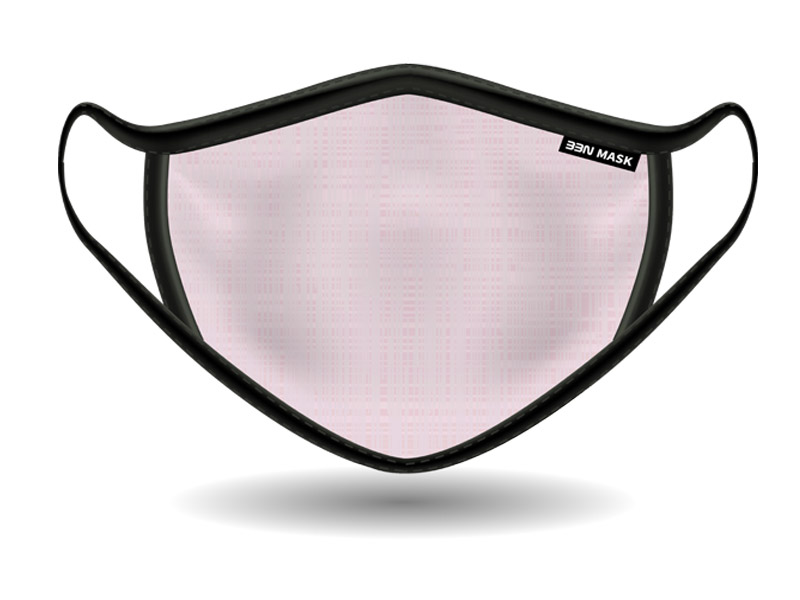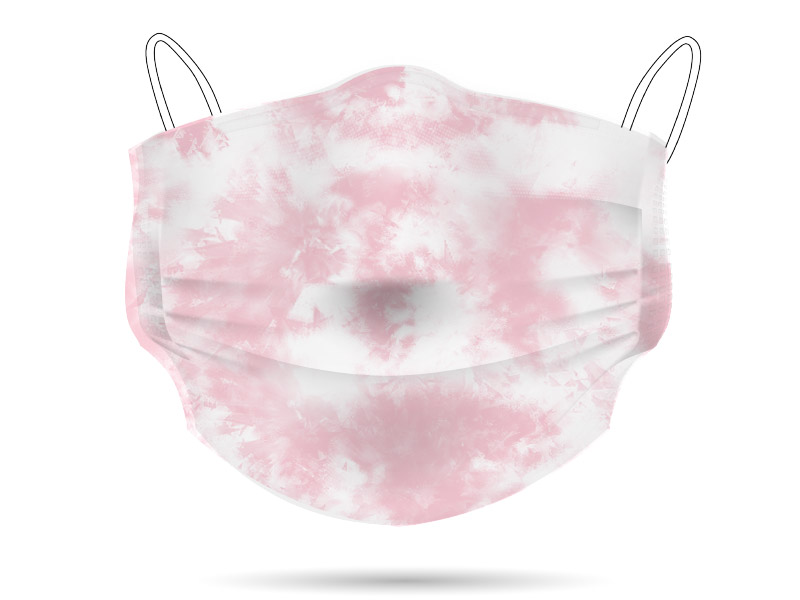It is an illusion that we can use masks en masse without affecting the environment. But where exactly is that impact? And are reusable masks really better than disposable?
Today we are looking at the impact of face masks on the environment. Whether that is through the CO2 they emit during production and maintenance, the water they consume or the waste they cause.
Without a mask you will not be able to get on a bus or train today. Young people over the age of 12 must wear it when they go to school. And people who work in the catering industry must serve their customers with masks. As a result of the exponentially increasing use of masks, the environmental burden is also increasing.
To know it we have to look at the composition of the mask. Most disposable masks are made from a non-woven fabric based on Polypropylene, the second most widely distributed plastic worldwide. Polypropylene has the property of breaking down slowly. Not as slow as a polyethylene plastic bag – which takes 300 years – but easily 20 to 30 years.
Enough time for an odor film to settle, which means that sea turtles, for example, mistake things for food. The chance to do so is particularly high, as it has already been shown that the masks find their way to the sea very quickly. The video below shows how in Hong Kong barely three weeks after the introduction of a general masking obligation, the beaches of the nearby Soko Islands were dotted with masks.
And then there is the problem of the amount of waste. A mask can be worn for four hours at a time, without losing its effect. So a day outdoors means you need at least two masks. If we assume 200 such days per year, we arrive at 400 masks per person. With a working population of 4,894,423 people and a school-going population over 12 of 427,456 young people and 251,808 students, we arrive at 2,229,474,800 masks thrown away per year.
At best, they end up in household waste. And that is burned in Belgium. In this way we burn 7 803 161 kg of waste or 39 tons of extra CO2 emissions. This combustion releases toxic substances such as dioxins, vinyl chloride. Heavy residues such as lead and cadmium can be found in the combustion residues.
Can we make a fair comparison between disposable and reusable? Yes, that’s possible. The condition is that we agree in advance what we mean by environmental impact. And that we can find reliable figures about those impacts.
We have largely discussed the first above; a product and its production chain has an impact on the environment through the CO2 that is emitted throughout the entire process, the water that is consumed, the type and amount of waste that is created and how that waste is processed. The second – the reliable numbers – are another pair of sleeves. There is one Australian study comparing disposable and reusable equipment in the operating theater. In addition, mouth masks.
The study, conducted in two major Melbourne hospitals, looks at the financial and environmental costs of the decision to switch from reusable to disposable. If we look at the results for mouth masks, we see that reuse results in 84% less CO2 emissions. That is, if the washing machines are located in Europe or the UK. In Australia, emissions are projected to increase by 10%, as that country lives mainly on electricity from coal-fired power stations.
Disposable masks provide 70% more waste – the processing of which has a significant impact, as shown above. The water consumption as a result of the washing processes may be considerably higher – 82kg / l per year compared to 30kg / l for disposable. The impact of the waste on ecosystems is brutal: no less than four times more ecotoxicity on land and 30 times more ecotoxicity on drinking water and maritime ecosystems. This figure includes the sea turtles we discussed, but also all other maritime – and human – life.
To know exactly what the impacts of our mouth masks are, we should do this exercise with local numbers. How much water is consumed exactly when washing.? What is the exact consumption of the laundry / our washing machine? Which energy mix of my supplier / our region? But knowing that you save more than two thirds in waste is in itself enough reason to choose reusable.

